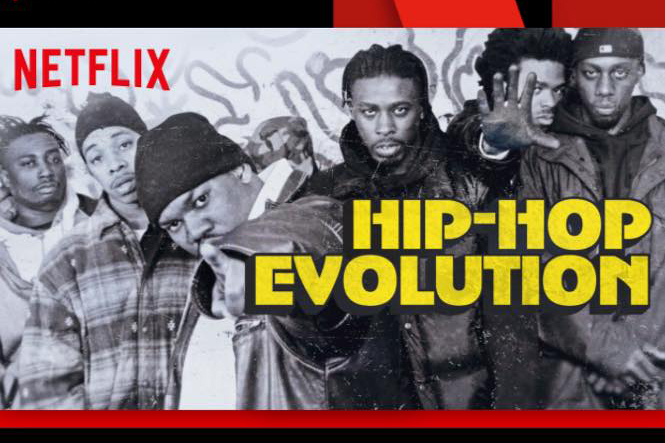
Photo courtesy of Shad, Facebook
This past Friday, “Hip-Hop Evolution” was released for a second season on Netflix. The season includes four episodes that continue to take the audience through the history of hip-hop. The documentary series followed the host Shad Kabango as he learned legendary artists’ stories.
The first episode, “The Southern Way,” explores The Ghetto Boys, UGK, and 2 Live Crew. “Throw the D” was a song and dance performed by 2 Live Crew that included profanity and dirty dancing. The goal was to get the crowd to dance and express themselves through the lyrics, and was the first generation of music to actively do so.
However, it got to a point where certain songs were banned from being performed, which lead 2 Live Crew to jail time and other serious consequences. It became an issue regarding the First Amendment and discrimination amongst the African American community. On the other hand, The Ghetto Boys rapped hardcore about issues pertaining to the African-American community, life, and police brutality.
The next episode, "Out the Trunk,” introduces MC Hammer as rap’s hip-hop legend. He brought a different flavor to hip-hop compared to other artists. MC Hammer had a unique look and gave a party vibe to his music.
During this time period, many issues were still surfacing such as police misconduct, inequality and race. MC Hammer decided to escape those issues and persuade people to have fun again. Toward the end of the episode, the legendary Tupac Shakur was introduced and they talked about how his creativity gave him the name he has today.
The Latin Quarter club surfaces in the third episode “Do the Knowledge.” The film directors take the audience through the streets of New York and show how hip-hop had a special place at this club. This was a place where the next big artist was to be finally recognized and sent off to pursue their dreams. Although Latin Quarter was a dangerous place, in order to make it, one had to pass the performance.
The last episode, “New York State of Mind,” highlights East Coast rap acts like Biggie Smalls, Nas and Wu-Tang Clan, who each brought a unique flavor to hip-hop culture.
Overall, this documentary series is very informative regarding the history of hip-hop. Although people don’t see what goes on behind the lyrics, the majority of the artists covered in this season each had their own struggles. But in order to fight for their dreams and make it in the world as a rapper, they had to fight.
During the ‘80s and ‘90s, it was a very rough time for black artists to express issues regarding the black community. If they spoke their voice, they were threatened by the federal government with severe consequences. This docuseries showed how early hip-hop artists paved the way for rappers today.





